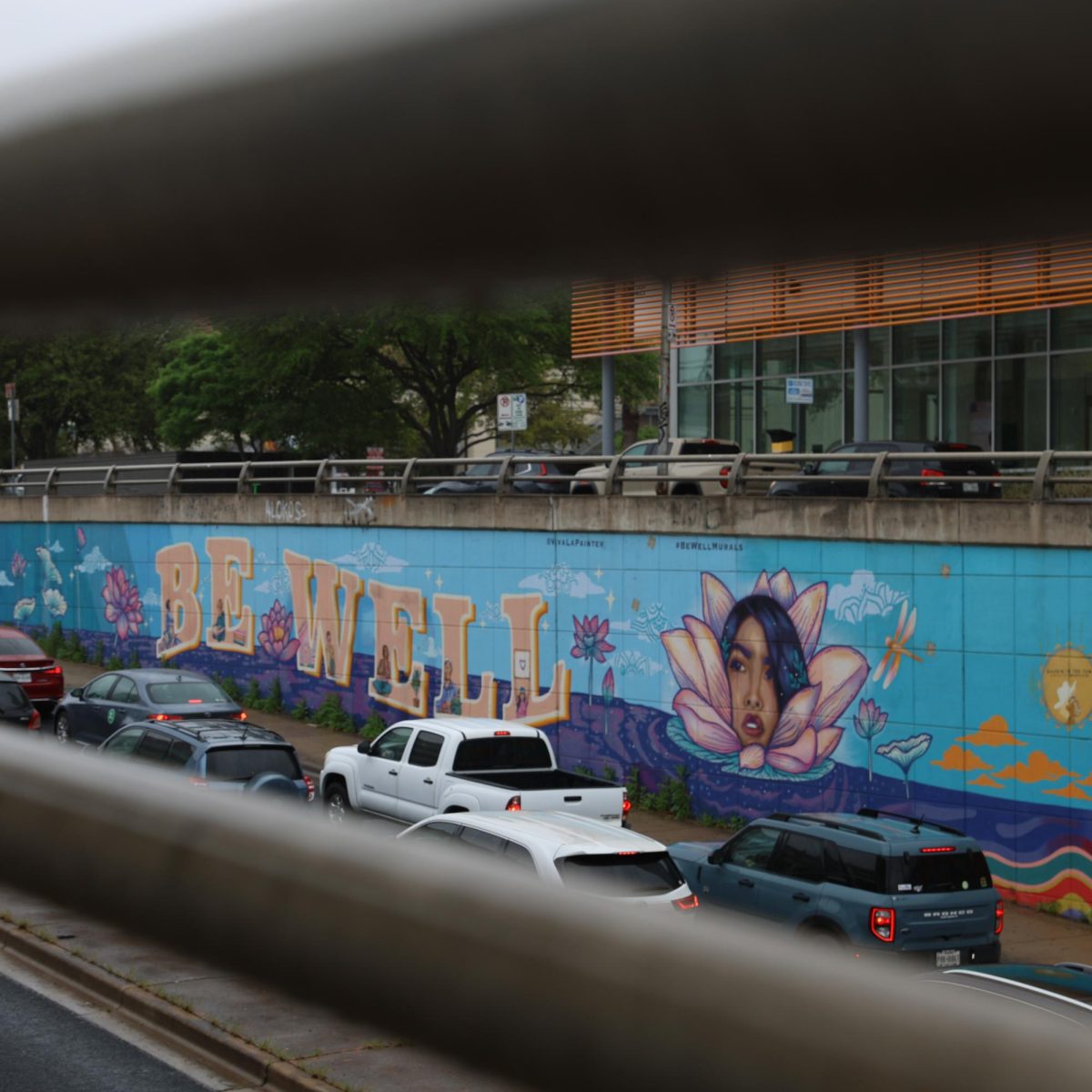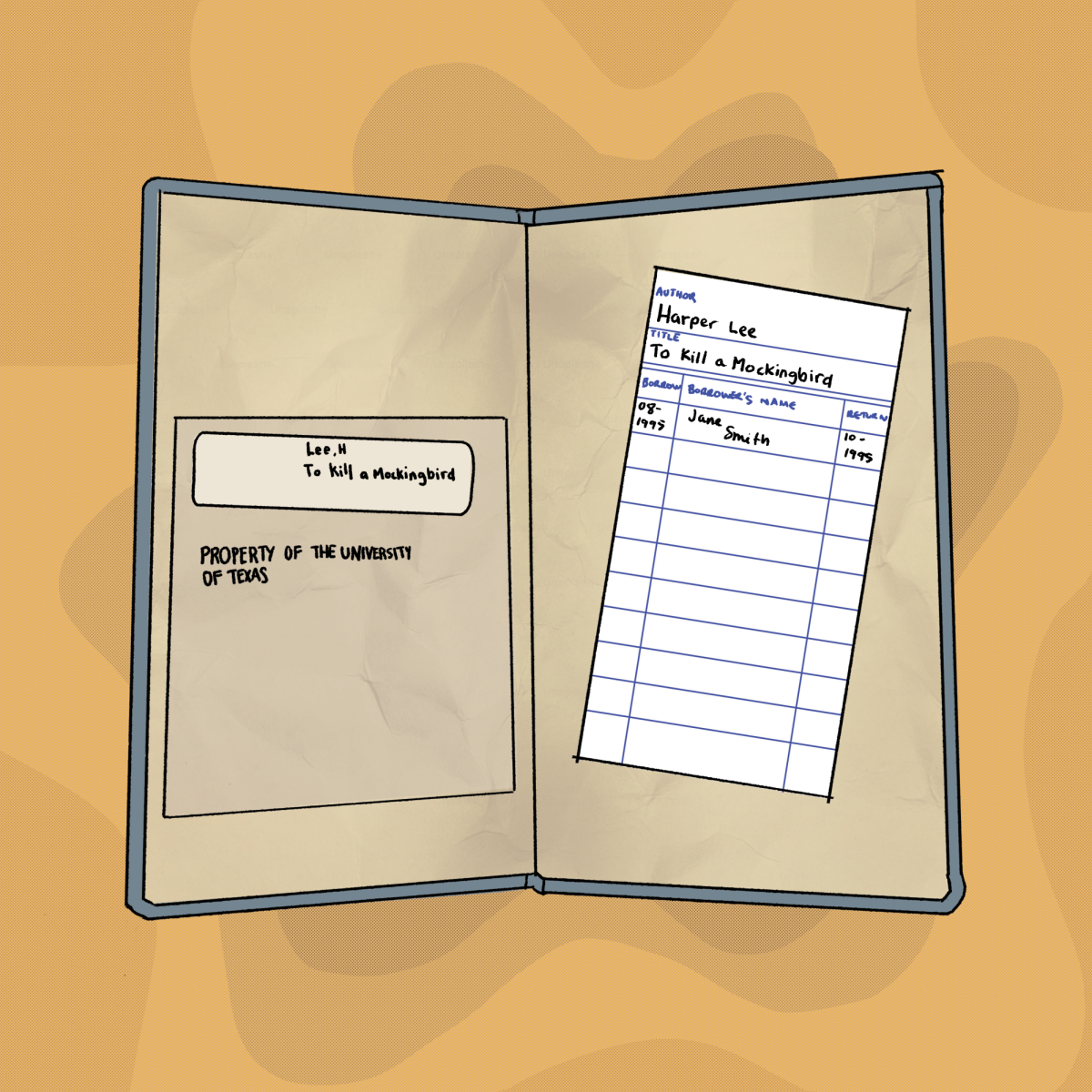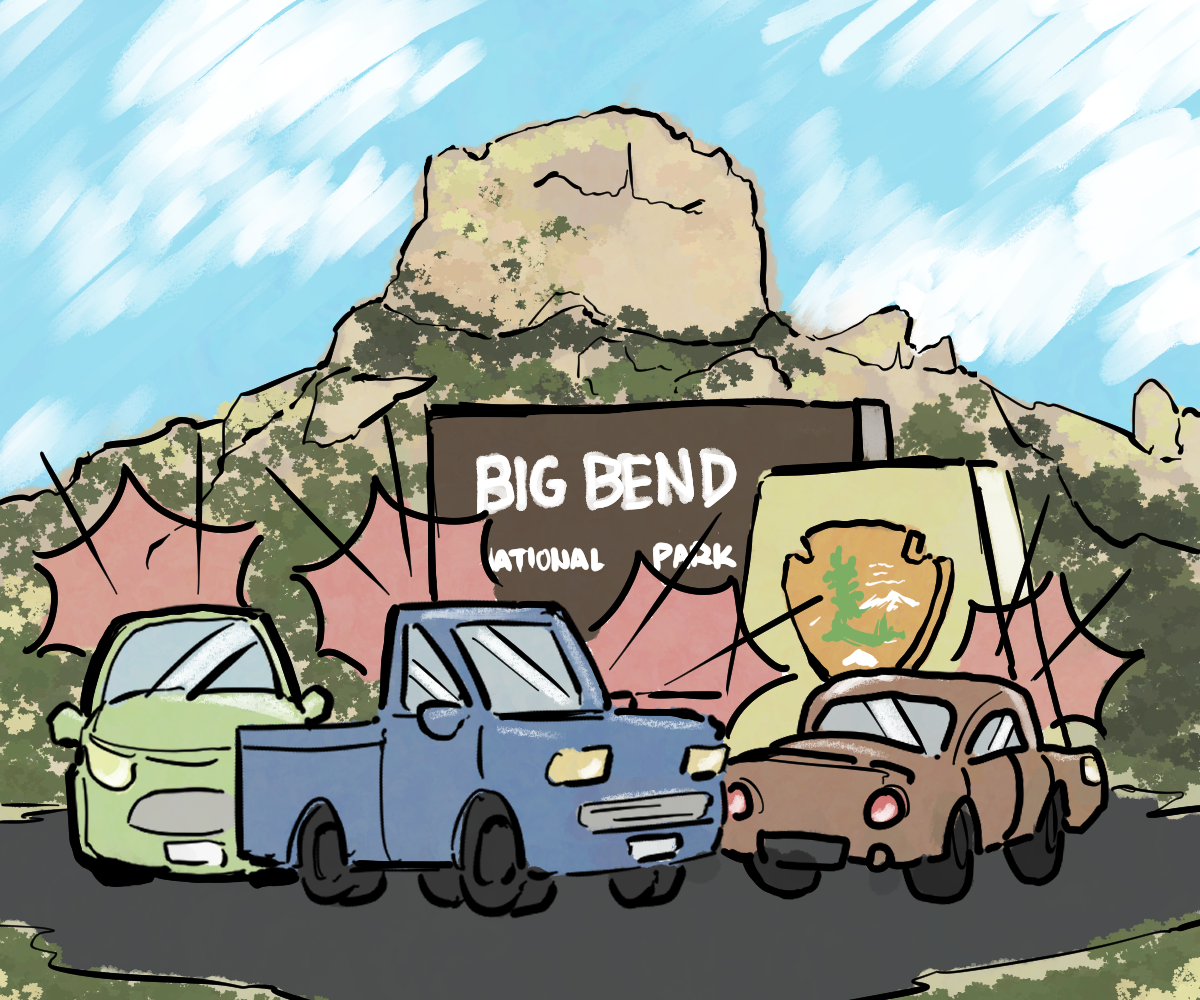Today will be the 70th day this year with a temperature in the triple digits in Austin, breaking the record of 69 set in 1925, according to the National Weather Service website.
These sustained high temperatures have come along with a severe drought in the Austin area and much of Texas.
Geological sciences professor Jay Banner said La Niña, the phenomenon which cools the tropical Pacific Ocean, causes the warm and dry conditions in Central Texas, which have been more extreme during the drought.
From 1950 to 1957, Texas experienced continuous drought.
“Historically, for the past hundred years, that’s been the biggest drought by far,” Banner said.
He said the current drought has been going on for about a year and that weather models cannot easily predict how long it will last.
Banner said if this warm and dry trend continues for decades, it could be one line of evidence that global warming was the driving mechanism. He said regardless of global warming’s influence on the region’s current condition, weather models predict that increased levels of carbon dioxide will continue to cause the greenhouse effect.
“They all show that if we continue our business as usual with energy, there will be an increase in atmospheric temperatures,” Banner said.
Banner added that the drought is negatively affecting the agricultural industry in Texas.
“A lot of farmers’ crops are a total loss, and a lot of ranchers are having to sell their livestock,” Banner said.
The Lower Colorado River Authority which manages water supplies in Central and Southeast Texas, has water storage reservoirs that include Lake Travis and Lake Buchanan. Both of these combined are only 45 percent full, said LCRA spokeswoman Clara Tuma.
Tuma said the LCRA has a water management plan to regulate how much water is available. She said the plan takes long droughts, like the one in the 1950s, into account.
“The plan says if we have a repeat of that drought, it ensures that water would be available if conditions became as serious,” Tuma said.
The cities that receive water from the LCRA, including Austin, institute water conservation plans for citizens to follow.
“That’s one of the reasons we’re asking people to aggressively conserve because we don’t know when the rains will come,” Tuma said.
Austin will start stage 2 water restrictions Sep. 6. The schedule can be found at www.ci.austin.tx.us/water/.
Printed on Wednesday, August 24, 2011 as: Beat the heat.




















